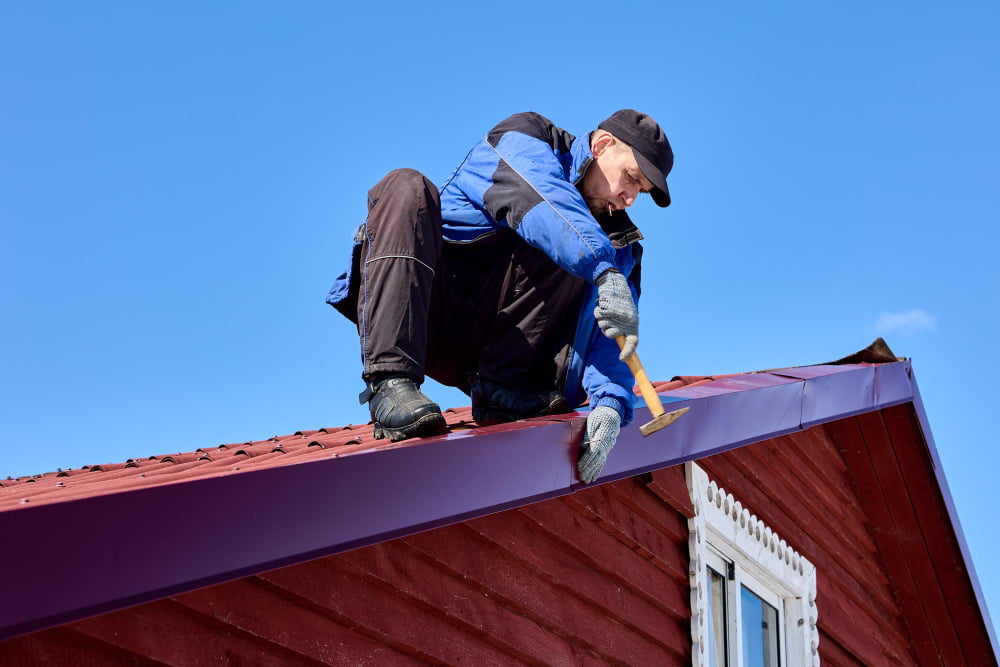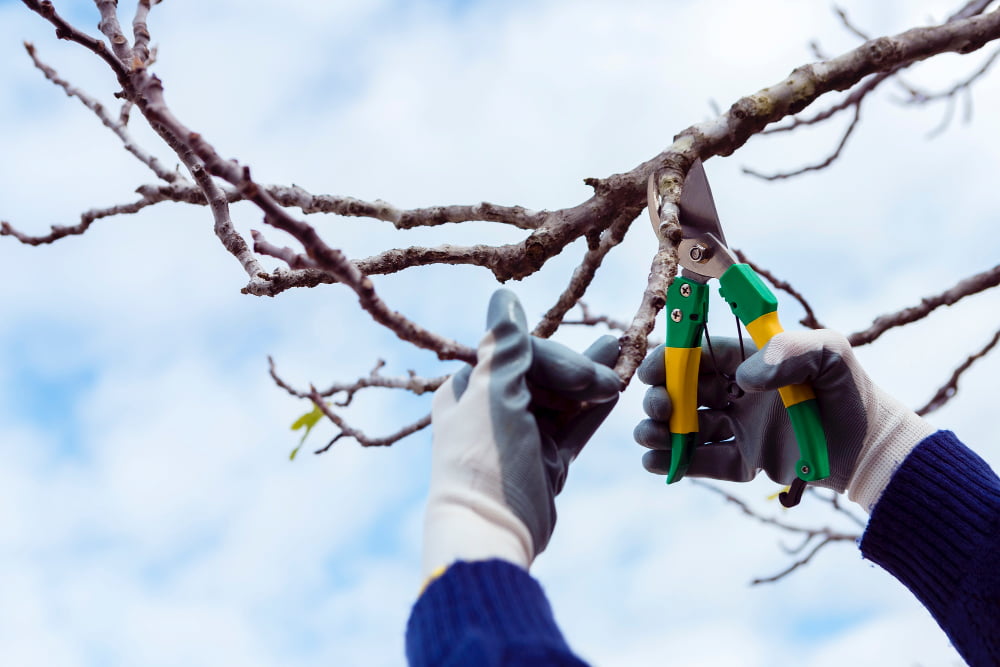Last updated on
As a homeowner, one of your top priorities is ensuring the longevity and performance of your home’s roof. After all, it is the first line of defense against harsh weather elements such as rain, wind, snow, and extreme temperatures. In addition, a well-maintained roof can also enhance the overall curb appeal of your home and increase its value.
Our ultimate roofing guide will break down everything you need to know about keeping your roof in top shape for years to come. Let’s dive in and explore how you can give your home’s roof the TLC it deserves for optimal longevity and performance.
Regular Inspections

As a homeowner, regularly maintaining and inspecting your roof is crucial to ensure its longevity. If you are from the area, scheduling an annual roof inspection with a professional roofing contractor in Saratoga County can help you identify and repair minor issues before they become major problems. A professional inspector will have the tools and expertise to identify any leaks, damages, or other issues that might be affecting the integrity of your roof.
Once you address these small problems early on, you can save yourself from costly repairs down the line. Know that regular inspections are especially crucial after a harsh storm or extreme weather event.
Clean Gutters and Downspouts
Don’t forget to keep your gutters and downspouts clear of debris to protect your home’s roofing material from damage caused by water backup. When gutters and downspouts are clogged with leaves, branches, and other debris, water cannot flow freely through them and instead, builds up along the roof line. This water buildup can cause damage to shingles and other roofing materials, leading to costly repairs down the line.
The good news is that preventing this issue is simple: make a habit of cleaning your gutters and downspouts twice a year, or more frequently if you live in an area with lots of trees. A little bit of regular maintenance can go a long way in protecting your home from the damaging effects of water backup.
Trim Overhanging Tree Branches

Branches that hang too close to the roof can scratch and damage roofing materials during windy conditions, leading to costly repairs. Furthermore, overhanging branches provide a pathway for rodents and other pests to access your roof, potentially causing further damage.
When you trim these branches regularly, you safeguard your roof from physical damage and prevent the accumulation of organic debris such as leaves and twigs, which can retain moisture and lead to the growth of mold and mildew. This simple preventive measure can significantly extend the life of your roof and maintain its performance against the elements.
Check for Moss and Algae Growth
Moss and algae are common culprits for roof damage, especially if you live in a damp or humid climate. These organisms can grow on shingles, causing them to deteriorate and become less effective at protecting your home from water damage.
To prevent moss and algae growth, regularly inspect your roof for any signs of greenish discoloration or patches. If you do notice any growth, take immediate action by hiring a professional to safely remove it and treat your roof with a protective coating to prevent future growth.
Repair or Replace Damaged Shingles Promptly
Damaged or missing shingles are one of the most common issues that homeowners face with their roofs. Whether it’s due to age, wear and tear, or severe weather events, damaged shingles can significantly compromise the integrity of your roof and lead to leaks and other problems.
If you notice any signs of damage on your shingles during a routine inspection, make sure to address them promptly. You can either repair the damaged shingles or replace them entirely, depending on the severity of the damage. By taking care of these problems quickly, you can prevent further damage and maintain the longevity and performance of your roof.
Ensure Proper Ventilation
A well-ventilated attic can prevent a myriad of problems, including the build-up of heat during summer, which can cause the roofing materials to deteriorate prematurely. In winter, adequate ventilation prevents the formation of ice dams by maintaining a uniform roof temperature.
Additionally, it helps in minimizing moisture accumulation, consequently reducing the risk of mold and structural damage. Ensure that your attic has sufficient intake and exhaust vents, and consider consulting a professional to evaluate the current ventilation system. Take these steps to keep your attic well-ventilated, and you’ll have a healthier and more durable roof.
Apply Preventative Treatments
To give your roof an extra layer of protection against the elements, consider applying preventative treatments such as a sealant or protective coating. These treatments can increase the lifespan of your roofing materials and provide added resistance against harsh weather conditions.
Consult with a professional contractor to determine which treatment is best for your specific type of roof and climate. With this simple step, you can significantly improve the longevity and performance of your roof.
Maintaining the longevity and performance of your roof is an integral part of homeownership. By following the comprehensive steps outlined in this guide, you can safeguard your home against a variety of potential problems. Bear in mind that a little effort today can prevent major repairs tomorrow and keep your home safe, secure, and attractive for years to come.
Recap:



